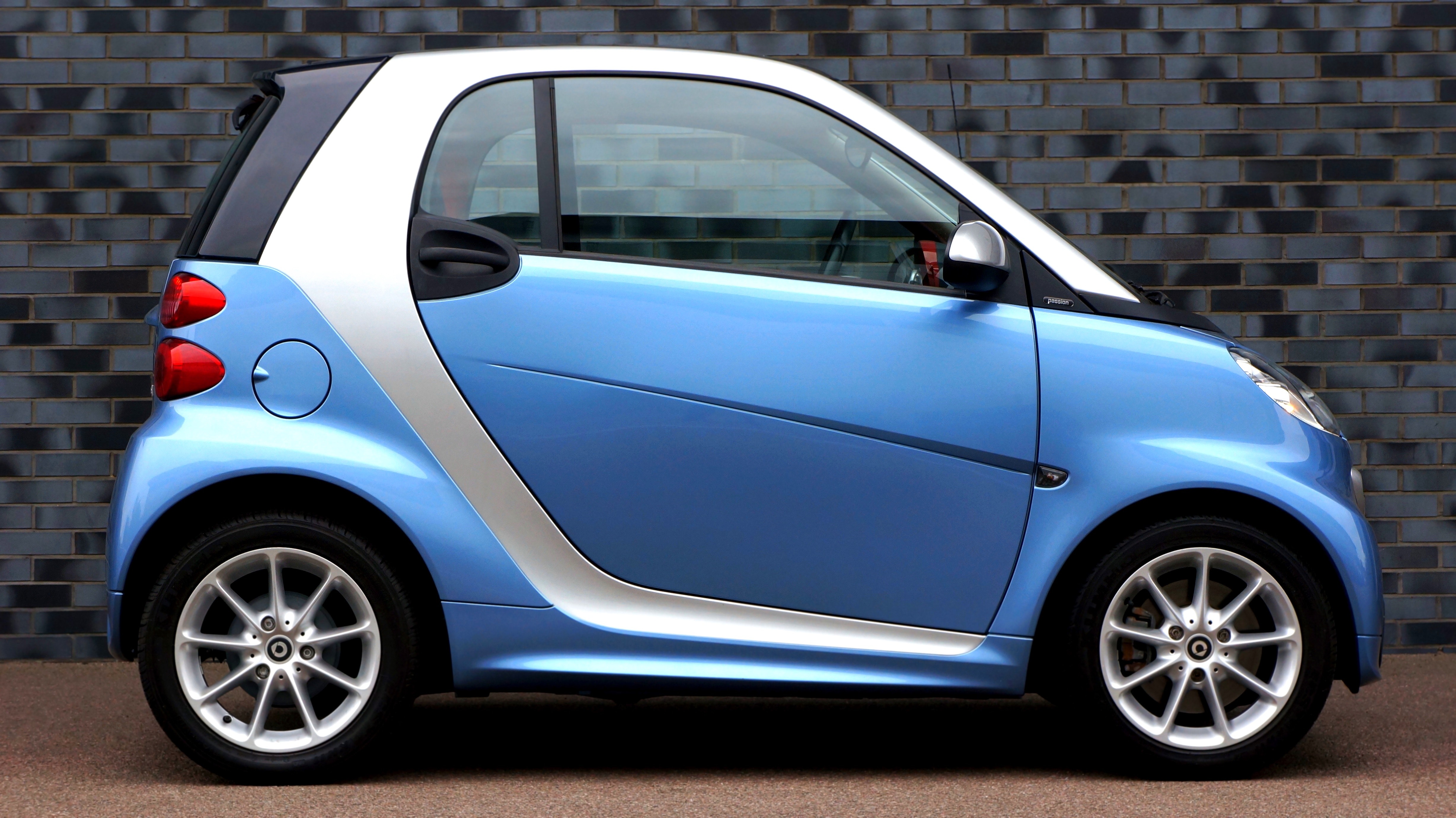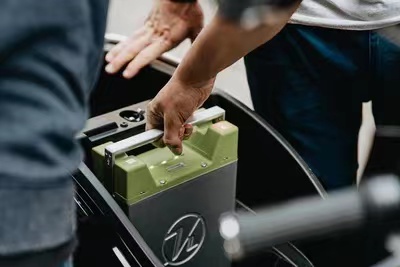创新背景
几十年来,电动汽车电池的发展一直受到一个主要瓶颈的限制:评估时间。在电池开发过程的每一个阶段,新技术都必须经过数月甚至数年的测试,以确定它们能使用多长时间。
创新过程
由斯坦福大学教授Stefano Ermon和William Chueh领导的团队开发了一种基于机器学习的方法,可以将这些测试时间减少98%。尽管该小组对他们的方法进行了电池充电速度测试,但他们表示,这种方法可以应用于电池开发管道的许多其他部分,甚至是非能源技术。
研究人员编写了一个程序,根据几个充电周期,预测电池对不同充电方式的反应。该软件还实时决定关注或忽略哪些收费方式。通过减少试验的长度和次数,研究人员将测试过程从近两年缩短到16天。

设计超快充电电池是一项重大挑战,主要是因为很难让它们持久。快速充电的强度会给电池带来更大的压力,这往往会导致电池过早失效。电池组占电动车总成本的很大一部分,为了防止电池组受损,电池工程师必须测试一系列详尽的充电方法,以找到最有效的方法。
这项新研究试图优化这一过程。一开始,团队发现快速充电优化需要进行多次试错测试——这对人类来说效率低下,但对机器来说却是完美的问题。
该团队在两个关键方面利用了这种力量。首先,他们用它来减少每次循环实验的时间。在之前的一项研究中,研究人员发现,他们可以预测电池在100次充电后的寿命,而不是每次充电直到电池失效——这是测试电池寿命的通常方法。这是因为机器学习系统在经过几块循环失效的电池的训练后,可以从早期数据中找到预测电池续航时间的模式。

其次,机器学习减少了他们必须测试的方法的数量。计算机不是平均地测试每一种可能的收费方式,或者依靠直觉,而是从经验中学习,迅速找到最佳的协议进行测试。
研究人员表示,他们的方法可以加快电池开发过程中的几乎每一个环节:从设计电池的化学成分到确定其大小和形状,再到寻找更好的制造和存储系统。这不仅将对电动汽车产生广泛影响,还将对其他类型的能源储存产生广泛影响,而这是在全球范围内转向风能和太阳能的关键要求。
创新价值
在电池测试中,必须做大量的实验,因为不同结果显示的性能会有很大的不同。有了人工智能,就能够快速识别最有希望的方法,并减少大量不必要的实验。
创新关键点
机器学习是一种试错法,但是以一种更聪明的方式,在判断何时探索——尝试新的和不同的方法——以及何时开发或锁定最有前途的方法方面,计算机比人类强得多。
Use machine learning to reduce technology testing time for EV battery development
A team led by Stanford professors Stefano Ermon and William Chueh developed a machine learn-based method that can reduce these testing times by 98%. Although the group tested their method for battery charging speed, they said it could be applied to many other parts of the battery development pipeline, even non-energy technologies.
The researchers wrote a program to predict how the battery would respond to different charging methods, based on several charging cycles. The software also decides in real time which billing methods to focus on or ignore. By reducing the length and number of trials, the researchers shortened the testing process from nearly two years to 16 days.
Designing ultrafast rechargeable batteries is a major challenge, mainly because it's hard to make them last. The strength of a fast charge puts more stress on the battery, which often leads to premature battery failure. To prevent damage to a battery pack, which accounts for a large portion of the total cost of an electric vehicle, battery engineers must test an exhaustive array of charging methods to find the most efficient.
The new study sought to optimize that process. At first, the team found that fast-charging optimization required multiple trial-and-error tests -- inefficient for humans, but a perfect problem for machines.
The team harnessed this power in two key ways. First, they used it to reduce the time of each loop. In a previous study, researchers found that they could predict how long a battery would last after 100 charges, rather than charging it every time until it died - the usual way to test battery life. That's because the machine learning system, after being trained on several cycles of failing batteries, can find patterns in early data that predict battery life.
Second, machine learning reduces the number of methods they have to test. Rather than testing every possible charge equally, or relying on intuition, the computer learns from experience and quickly finds the best protocol to test.
The researchers say their method can speed up almost every part of the battery development process: from designing its chemical composition to determining its size and shape, to finding better manufacturing and storage systems. This will have broad implications not only for electric vehicles, but also for other types of energy storage, a key requirement for a global shift to wind and solar power.
智能推荐
2021年CES展会 | 利用阳光和空气制造饮用水的新型水能板
2022-09-08涉及学科涉及领域研究方向新能源 | “空气发电机”突破清洁能源发电限制
2022-09-22新装置将对未来的可再生能源、气候变化和医学研究都将产生重大影响,推进以蛋白质为基础的电子设备时代步入开端,这对于可持续能源生产极具重要积极作用。
涉及学科涉及领域研究方向电化学方法利用乙醇和水制造高压氢气,解决燃料难题
2022-08-03华盛顿州立大学的研究人员将乙醇和水的混合物放入一个新型的转换系统中,然后通电,以此来生产纯压缩氢气。这项创新意味着氢气可以在加油站完成全部制作过程,因此只需解决原材料乙醇的运输问题,而不再需要运输棘手的高压氢气。这种生产氢气的新思路很可能在不久的将来对氢气经济产生重大影响。
涉及学科涉及领域研究方向创新通过HDCR酶结构转化储存二氧化碳
2022-08-04探究丝状HDCR酶的结构和原理,开发二氧化碳转化储存的新方法。
涉及学科涉及领域研究方向